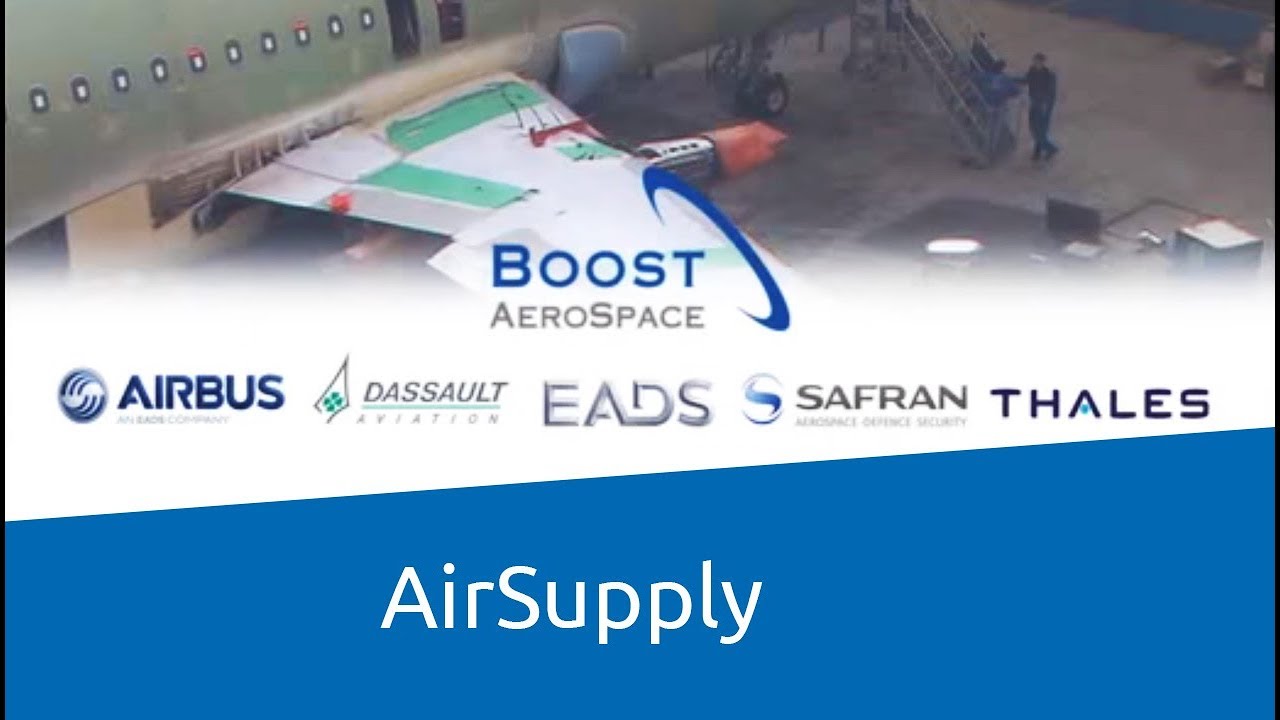Has the aerospace industry outdistanced the automotive industry?
![]()
This seems to be a valid question: The figures reported by aerospace market analysts and managers can only seem a dream scenario for the automotive sector. Annual growth rates of approximately 7 per cent for commercial aircrafts with 150 seats – subsequently doubling the projected number for the next 10 years.
The automotive sector, on the other hand, is struggling with over-capacities: The core markets are saturated and where rapid growth is present, particularly in China, new competitors are emerging. These will certainly get their share of the pie simply due to the fact that European manufacturers must engage in joint ventures, paying the price with precious know-how. Then add to the equation the growing expectations of end customers: Which end customer is willing to wait 6 months after ordering his individually customized dream-vehicle when the competitors can deliver a comparable, self-configured vehicle much faster?
Technologically, aerospace is a step ahead
In the aviation industry, however, the competitiveness of the airliners depends primarily on the fuel efficiency of their fleets, which in turn depends considerably on the usage of new engines, thereby further boosting the need for renewal of existing fleets.
Technology-wise, one gets the impression that issues such as lightweight construction, which have always been relevant for aviation, have now increasingly become a part of the automotive sector in order to meet the EU fleet consumption target.
According to economists, it is also an undeniable fact that one in five jobs in southwest Germany depends either directly, or at least in part on the automotive industry, including the OEMs and their supplier structure. In comparison, the approximately 8,000,000 aerospace professionals worldwide seem a quite modest number.
Automotive manufacturing methods in demand
Based on the personal experience I have gained during many aerospace events (including Aviation Forum in Hamburg, Supply Chain Excellence Forum in Oberpfaffenhofen, conferences in Toulouse and the USA) I have however gotten the impression that where the demand for middle-range passenger aircrafts in the Aerospace industry increases, the demand for industrialized manufacturing methods and efficiency enhancement measures from the automotive industry rises proportionally – without ignoring the specifics of aviation industry.
We can see this very well in the growing demand for portal solutions which allow an efficient supplier collaboration for the inbound supply chain. This is where SupplyOn, a supplier portal originating from the automotive supply industry, has implemented a new European industry standard for customers such as Airbus, Airbus Helicopters, Safran, Thales, Dassault, Liebherr, Daher-Socata and Zodiac Aerospace.
For further information on this topic, please watch this short video on Youtube:
From a cross-industrial perspective, the following can be stated: A supply chain is only as efficient as its weakest link. This is precisely where a successful supplier collaboration can efficiently act as an early warning system, identifying bottlenecks in the supply chain before it is too late.




